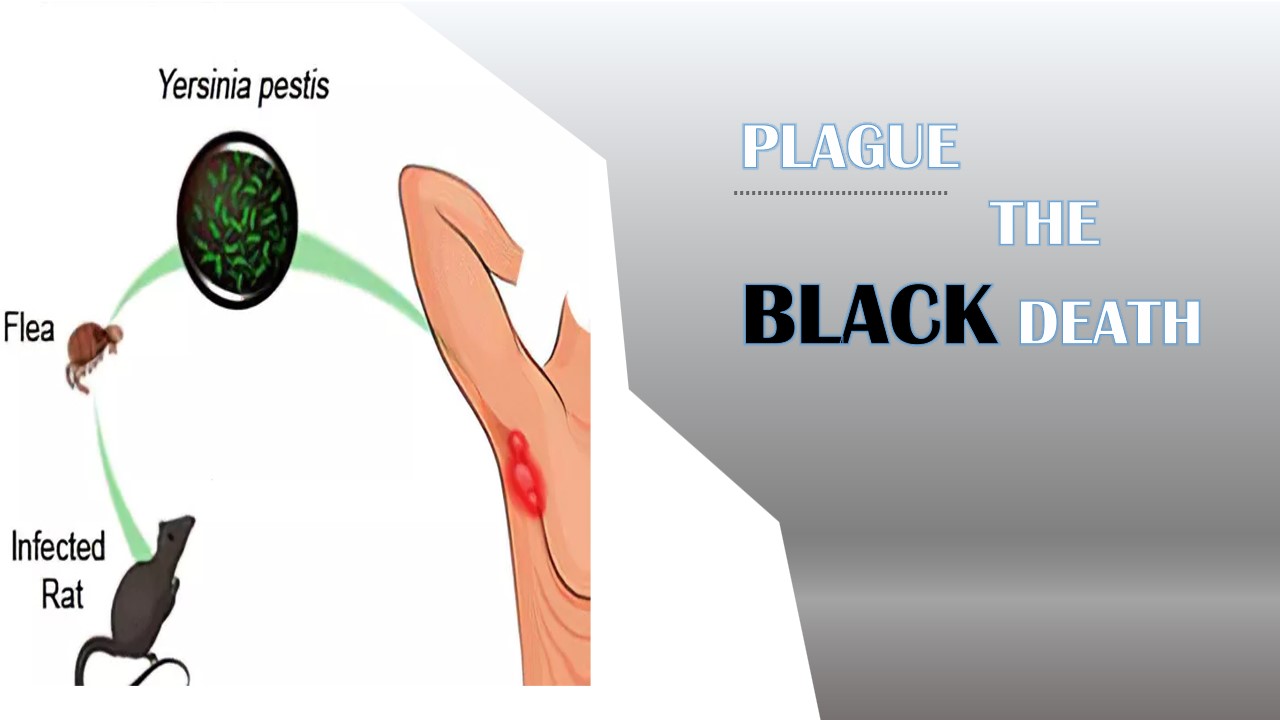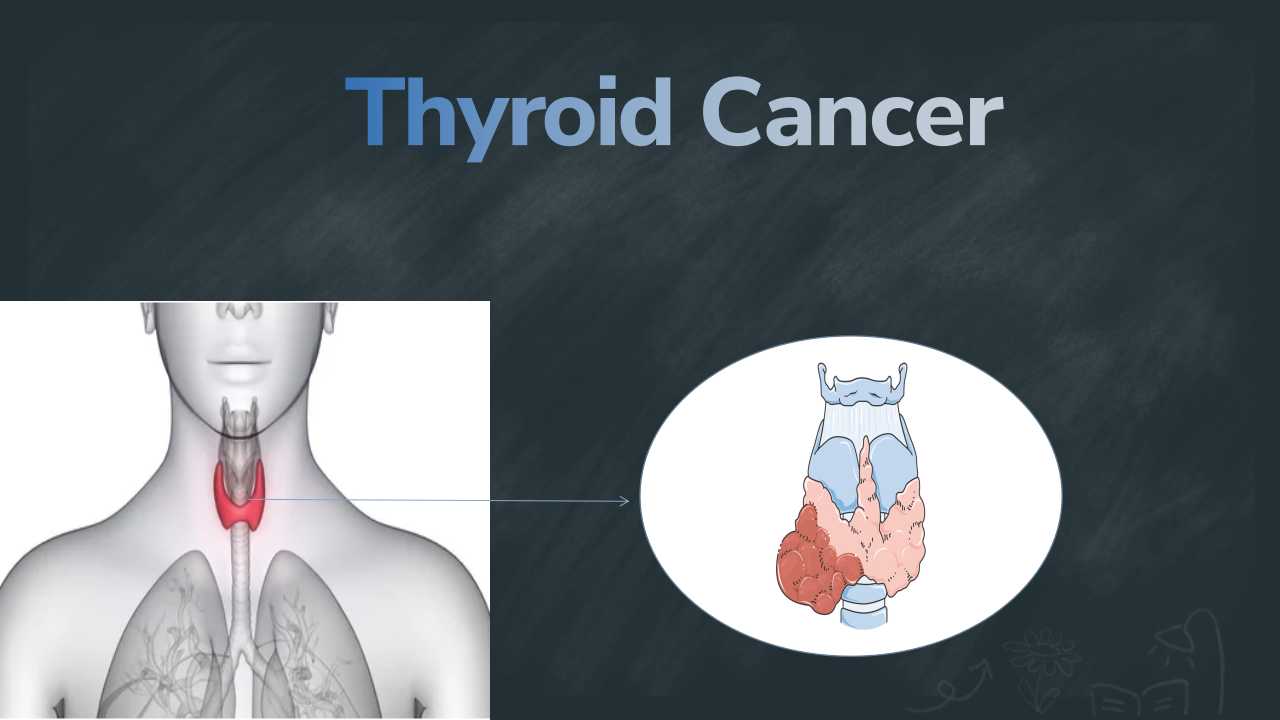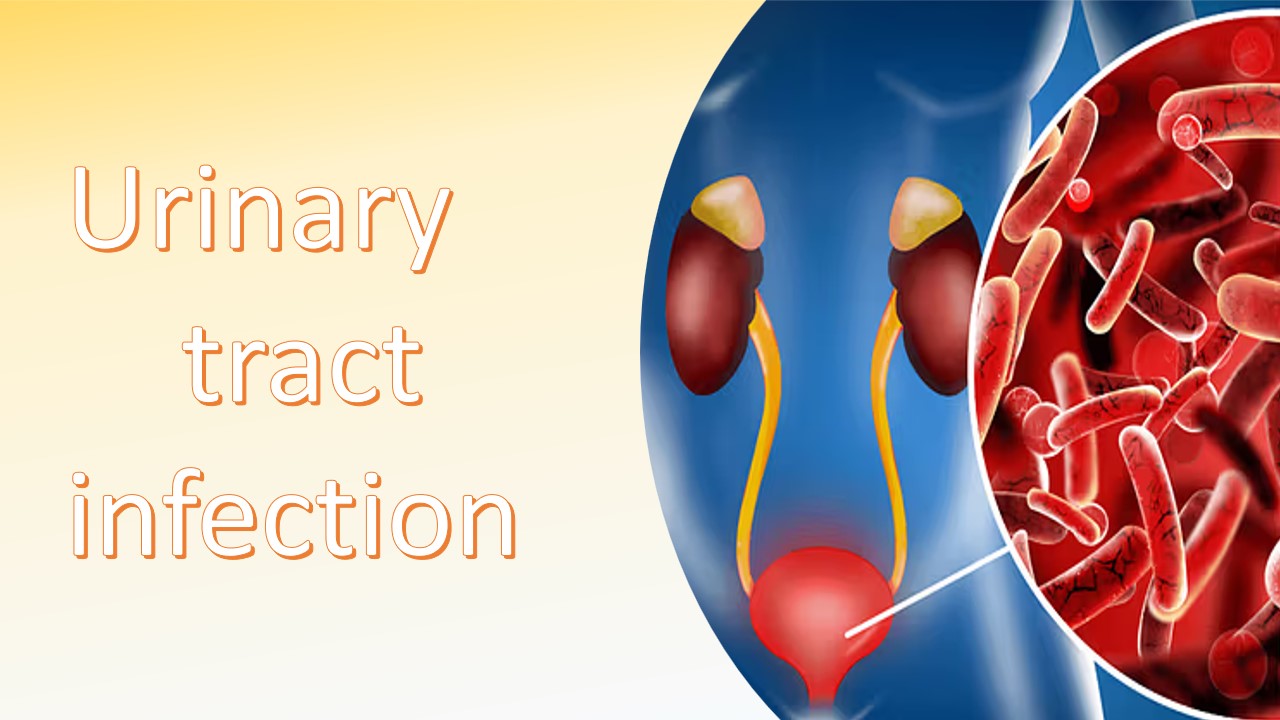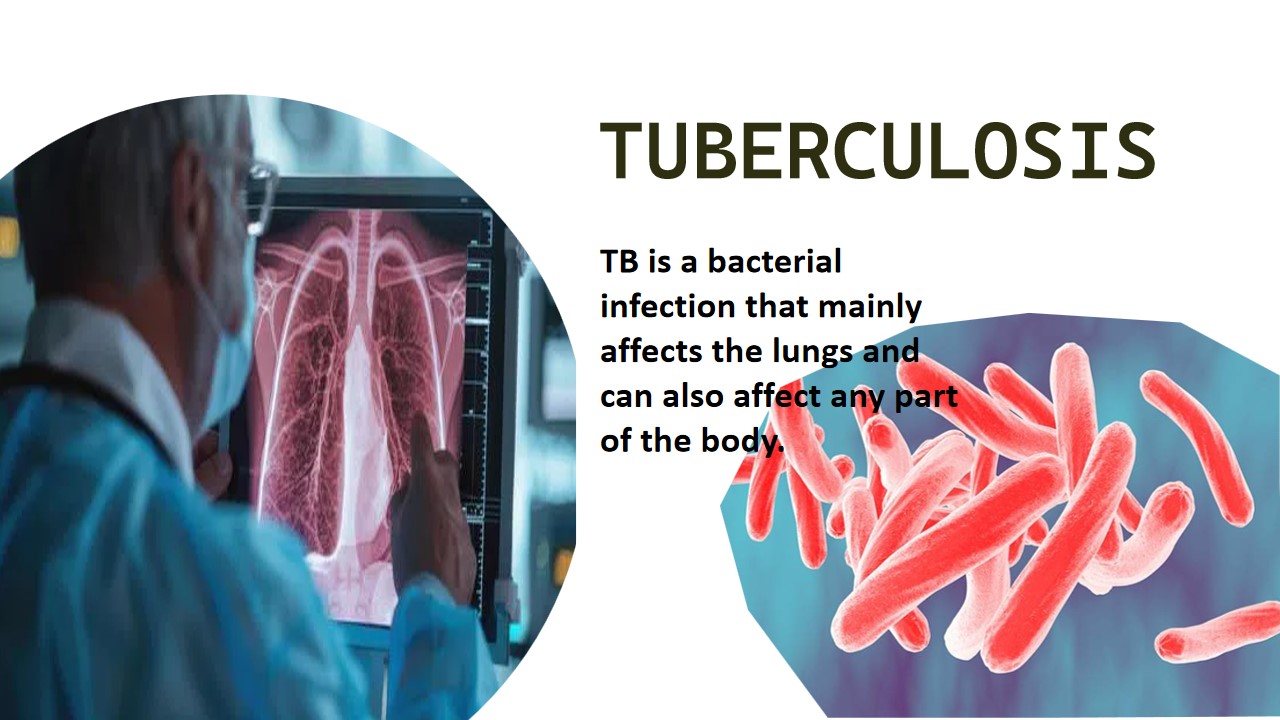
Plague
Plague is a bacterial disease. Yersinia pestis bacterium cause the plague. In Medieval times, plague was responsible for millions of deaths . Therefore, it is called the black plague. Typically, the bacterium is found in rodents(rats, mice, squirrels, hamsters, porcupines) and transmitted to mammals by flea(small wingless jumping insects) bites. People might get plague who stay in the poor sanitation, overcrowding, also large populations of rodents and people living in small or agricultural areas.
There are three types of plague,based on which part of the body is infected and symptoms are developed according to them. Pneumonic plague, Bubonic plague, and septicemic plague, which affects the lungs, lymph nodes, blood cells, respectively.
Bubonic plague: The Bubonic plague was also known as the Black Death plague in past history. When flea bite to the human and release the bacteria into the tissue and then enter into the lymph node and caused lymphadenitis. And the infection spreads to other parts of the body and causes secondary septicemic, Pneumonic plague.
Septicemic plague: Lymphatic plague spreads into the blood and circulates throughout the body. The Yersinia pestis emit toxin that is causes disseminated intravascular coagulation(DIC). It also causes ischemic necrosis, causes black tissue.
Pneumonic plague:The bacteria that infects the lungs is called Pneunomic plague. Pnemonic plague is the most contagious because the bacteria are present in the sneezing droplets of an infected person and people may get it by inhaling the air droplets from around them. Causeing shortening the breathing causes death.
Symptoms
- fever and chills
- headache
- muscle pain
- general weakness
- trouble breathing
- chest pain
- cough
- bleeding (blood may not be able to clot)
- skin turning black (gangrene)
Cause/Risk factor
- Bite of fleas
- direct contact with an infected person or animal
- scratches or bites of infected domestic dogs or cats
- spread from person to person through cough droplets(pneumonic plague)
- Homes with high exposure to rodents or fleas that may be infected with plague
- Living in a rural or semi-rural location that is extremely agricultural
Diagnosis
Hematology Department
Peripheral blood smears, sputum and bubo aspirate are used to diagnose the plague disease. The specimen is obtained from the patient and sent to the laboratory. The pathologist performed further procedure to diagnose the disease. Bacteria cultivated from the specimens by culture method. Let’s Y.pestis grow on the slide at appropriate temperature then colonies observed on the plate. Take a small portion of the colony on the slide and stain it with Gram stain, Wright stain, Giemsa stain according to specimens. After performing the staining process, the slide is observed under the microscope. After the microscopy examination Yersinia pestis appear plump, gram negative coccobacillia, they show in single or pair and rod shape.
Giemsa stain of blood smear taken from a septicemic patient
Reference:
1. https://www.healthline.com/health/plague
2. https://clinlabint.com/plague-and-its-laboratory-diagnosis/





0 comments